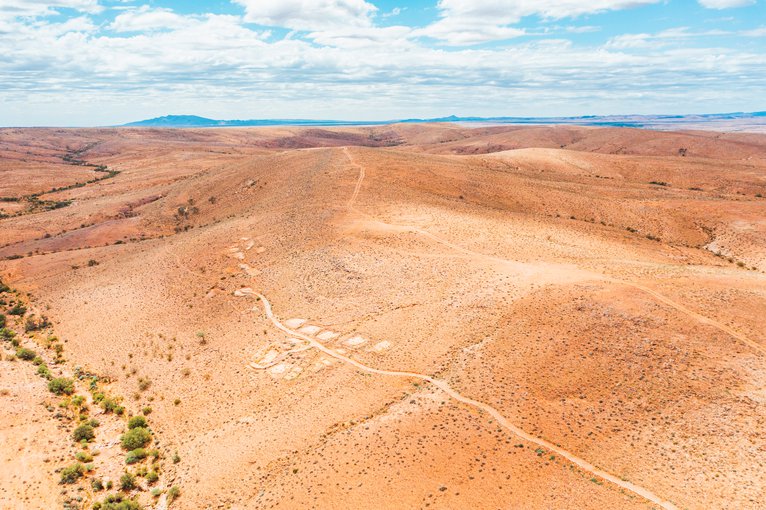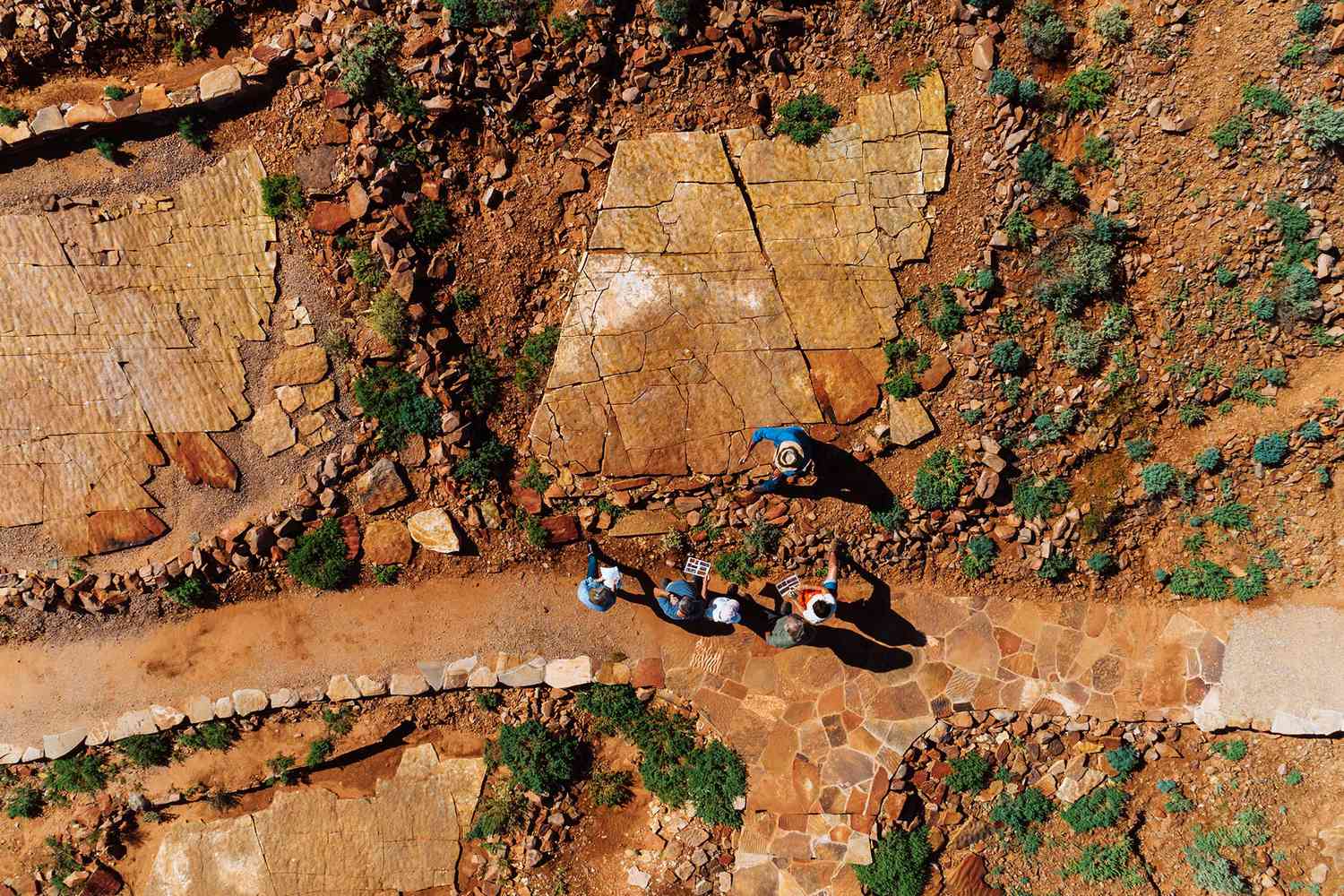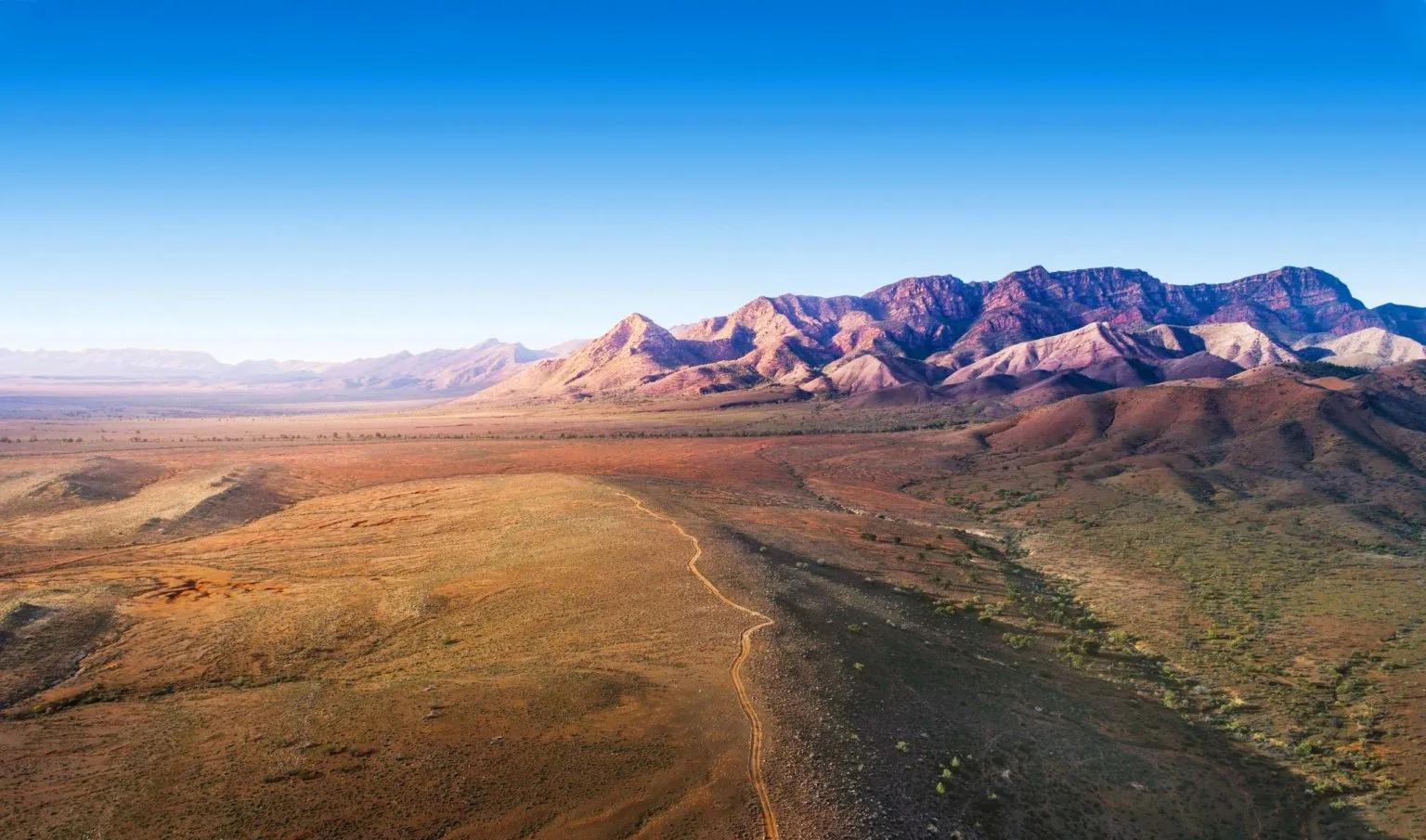World’s Newest National Park: Due in significant part to the Outback, which spans the majority of the nation, Australia is the flattest and driest populated continent in the world. But many people are unaware that a large portion of the Outback was once an ocean bottom, and that it now conceals the fossilised remains of some of the planet’s first species.
The new Nilpena Ediacara National Park, which was opened to the public on Thursday, April 27, now includes protection for these prehistoric fossils, known as Ediacara biota. The park is already well-known for its fossil beds, which guests may see up close, and the continued research of American palaeontologist Mary L. Droser, who discovered one of the Nilpena’s most famous fossil beds.

In an interview with Travel & Leisure, Droser said, “The fossils are about 550 million years old, which is well over half a billion years old.” We have shown the earliest animal sexual reproduction, the earliest macroscopic creature in the water column, the emergence of mobility, and a number of other firsts with the help of these beds, which are essentially pictures of the seafloor at that time (i.e., fossils are kept in situ).
Nearly 40 fossil beds have already been found in Nilpena, and work is still being done there. A top-notch fossil experience awaits World’s Newest National Park visitors, including guided tours to explore the fossil beds and specimens up close and an audio-visual simulation that brings the prehistoric fossils to life.

Visitors to the park must reserve a guided tour in order to see the fossils because of the importance of the discoveries at Nilpena to the world and the ongoing research by Droser and her colleagues. Currently, only Ross Fargher, proprietor of the neighbouring Prairie Hotel, is authorised to lead visits to the fossil site. This is crucial since Fargher personally contributed to Nilpena’s timeframe. He supported the discoveries of Reg Sprigg, an Australian geologist who discovered the most abundant Ediacara biota in the 1940s by discovering multiple fossilised lifeforms in the 1980s.
Although the Ediacara biota has been discovered all over the world, according to Droser, the discoveries in South Australia are the greatest documentation of this group of fossils, and Fargher’s discoveries are “significant because of the nature of preservation.” We have been able to uncover fossil-rich sandstone strata thanks to it. This is totally different and has given us hitherto unheard-of insight into the origins of animal life on Earth.

Additionally, Droser is a member of the group working to nominate the Flinders Ranges, which contain Nilpena Ediacara World’s Newest National Park, as a World Heritage Site.
It takes around six hours to drive from Adelaide to the Nilpena Ediacara National Park in the Australian state of South Australia. Although there is no charge to enter the park, guided excursions must be reserved in advance and start at $160.



